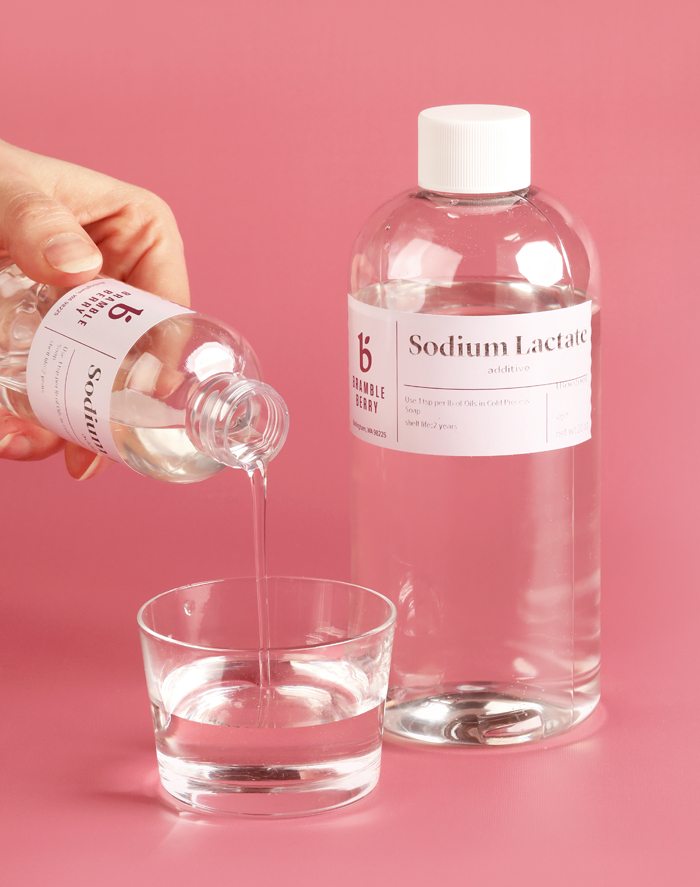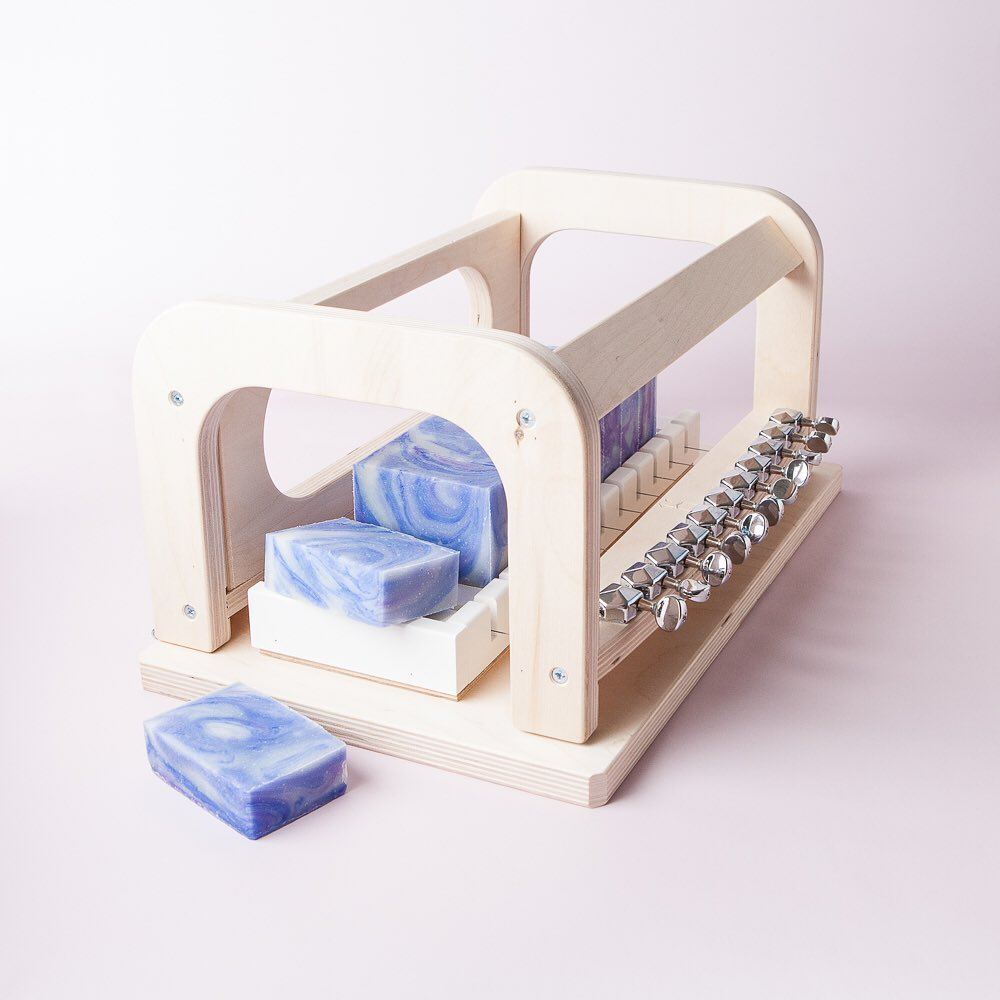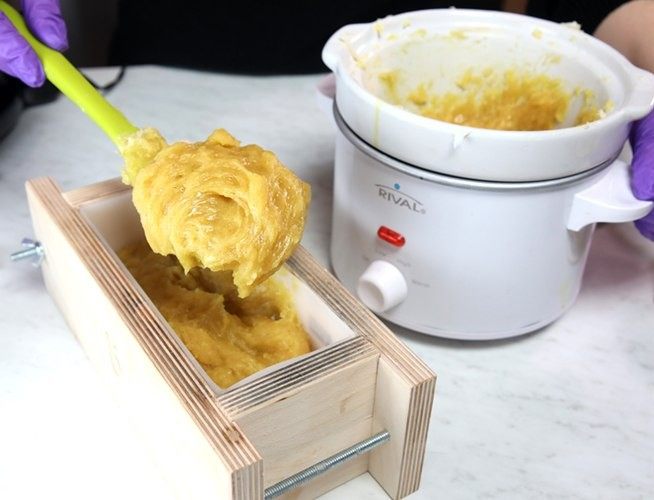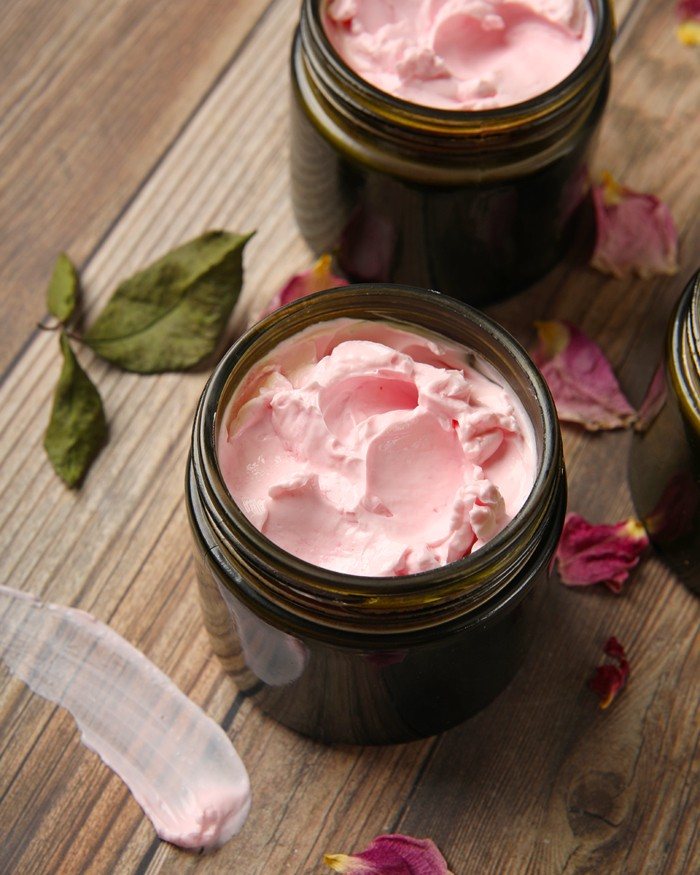
One of the hardest parts of making soap is waiting to unmold it! Luckily, there is an easy way to speed that process up - sodium lactate.
Derived from the natural fermentation of sugars found in corn and beets, sodium lactate is the sodium salt of lactic acid. It's commonly used in food products as a preservative.
Of course, we love its benefits in DIY skincare. Learn how to use sodium lactate in soap and lotion below!
Sodium lactate in cold process soap
The main benefit is that it helps soap harden more quickly, which means you can unmold it more quickly. And because the bars are harder, they tend to last longer in the shower.
The usage rate is 1 teaspoon of sodium lactate per pound of oils. More than that can result in a brittle and crumbly batch. We recommend adding it to your cooled lye water - around 130-150° F is best. Mix it gently with a stainless steel spoon and you're ready to go! The best part is it it doesn't speed up trace too much, so you have plenty of time to work.

In our tests, we're usually able to unmold soap 1-2 days earlier. It's also less likely to get dents or drag marks like soft batches can. After a day or two, gently pull the side of the mold to see if it releases easily from the soap. You may need to wait longer depending on your recipe. If the soap is firm to the touch and doesn't stick, it's ready to remove and cut!
We use sodium lactate in almost all of our Cold process soap-making batches, but it's especially helpful for recipes with a lot of soft oils. Try it in palm-free or Castile soap - you'll love the results.
Sodium lactate in hot process soap
Sodium lactate is a must-have supply for Hot Process Soap. It creates a smooth and creamy texture, which allows you to create fun designs and get the soap into the mold more easily. And like cold process, the bars will be firmer and last longer in the shower.
It's used at 3-5% of the oil weight. When you add the sodium lactate is up to you. We add ours to the lye water, but it can also be added while the soap is cooking. Some makers like to add it when it's finished cooking so their recipe flows right into the mold.

Sodium lactate in lotion
Sodium lactate has several benefits in handmade lotion. It creates a thicker, creamier texture that's great for extra dry patches. And because sodium lactate is a humectant, it draws moisture to the skin to keep it hydrated.
If you love glycerin in your lotion, give sodium lactate a try. It has the same benefits without the sticky texture sometimes found in recipes with a lot of glycerin.
A little sodium lactate goes a long way - we recommend it at 0.5-4% of the total weight. Add it to the water phase.

Ready to give sodium lactate a try? Find project inspiration here!
